Do “We All Owe Al Gore An Apology,” as this linked NPR article states?
Last month, an article was published on Treehugger.com asking if all construction related industries should declare a climate emergency. As designers and planners of our built and natural environment, we are stewards of the resources we use to build and must continue to plan for the future of humankind. For most architects I know, they are in the business of legacy. Architectural buildings are designed to last — hopefully more than 20 years — but what type of environmental legacy are we leaving for those buildings built to last 50-100 years (let’s not forget our children and grandchildren who will be around to see these buildings…)?
The following article, “It Doesn’t Help to Believe No One Will Survive Climate Change,” published on Vice.com, discusses the opportunities that can be learned from the past of adaption and resilience to show us how to survive beyond the doom and gloom of this inevitable point of no return.
“Their version of hope acknowledges that climate change is real, man-made, and an emergency. But despite it all, it reassures us: We’re not starting from scratch. “We can use this tremendous wealth of information that we have, and this tremendous ingenuity, and make really good evidence-based informed plans for how to move forward,’ paleoecologist Jacquelyn Gill said. “We have the tools and the capacity to move forward. We just need the will.’”
This article also reminds us of the Mayan civilization that survived droughts, deforestation, and loss of crops. While researchers previously thought these societies had collapsed, they are now finding that these groups adapted to their environments and survived. How can we use this information to be ready and willing to adapt to our climate changes?
Below is an image of cities and local governments that have currently declared a climate emergency and are committed to action.
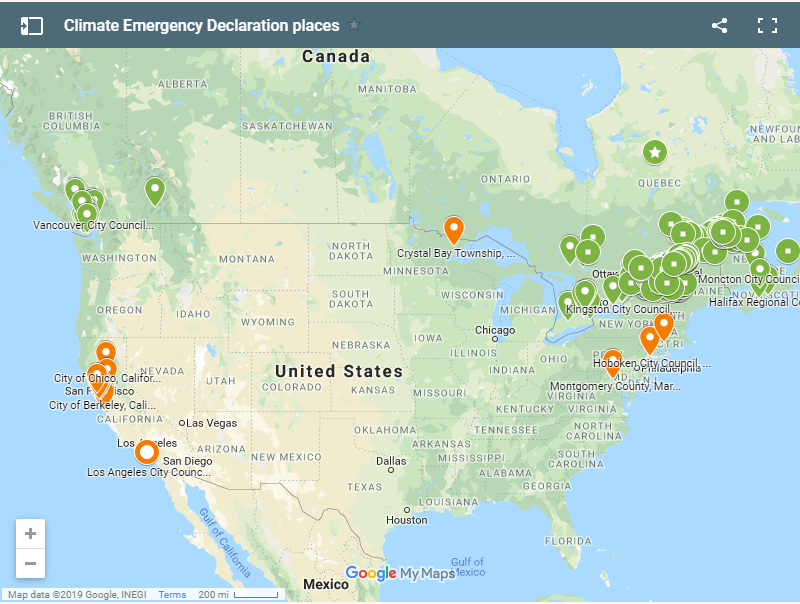
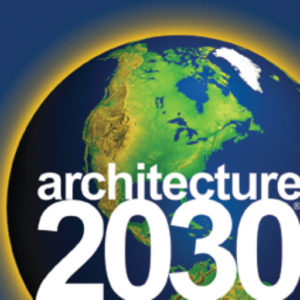
For those within the building industry, many are familiar with the 2030 challenge which has targeted the building industry since it began in 2006. Their mission is to “achieve a dramatic reduction in the energy consumption and greenhouse gas (GHG) emissions of the built environment; and, to advance the development of sustainable, resilient, equitable, and carbon-neutral buildings and communities.”
AIA has partnered with Architecture2030 to create the 2030 Commitment that provides a structure for tracking the progress to meet the 2030 Challenge seen in the image below. According to Architecture2030.org, over 400 A/E/P firms have adopted the 2030 Commitment with over 2.6 billion sq.ft. of projects work reported in 2015 alone.
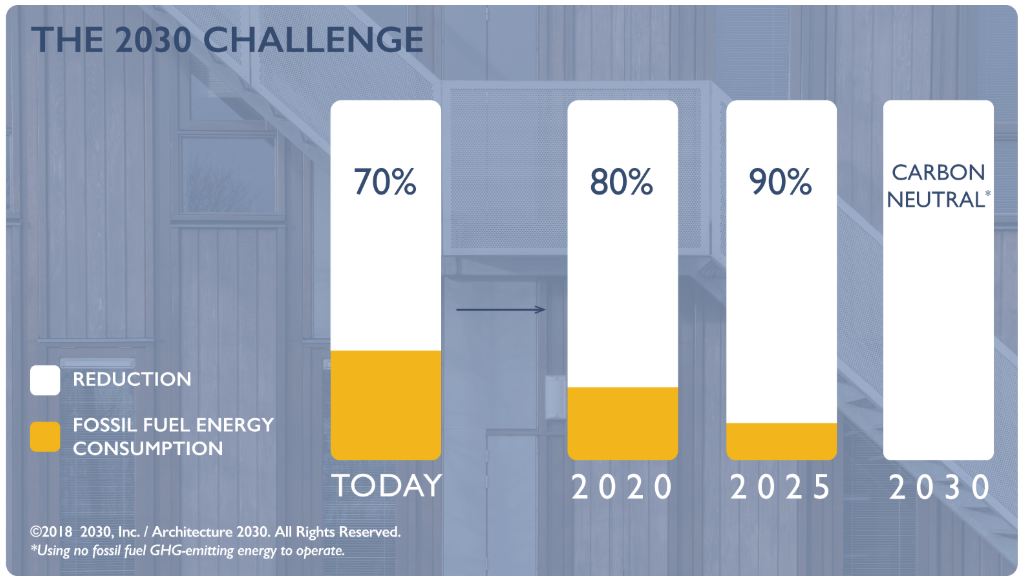
There are also many types of building certification processes that support support sustainable design practices, such as LEED, PHIUS, Green Globes , and the Living Building Challenge, to name a few.
The International Living Future Institute takes building certification a step further than Living Building Challenge alone, and has created several facets to their organization, including the JUST Program, which helps create a better, more socially just and equitable world. From this program came the Declare label for building products. Declare is described as “a transparency platform and product database that is changing the materials marketplace.” These products are able to prove all ingredients in each manufactured product.
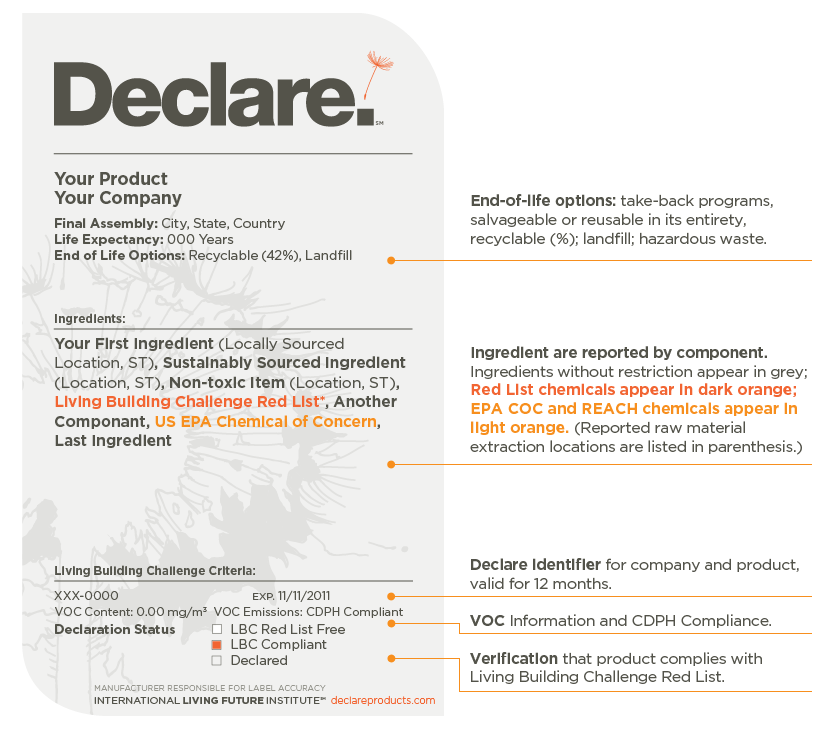
A Red List has been created as well to keep up with the toxic materials that have been or are currently being used to create environments. These materials are located on this list for the following reasons:
- Polluting the environment
- Bio-accumulating up the food chain until they reach toxic concentrations
- Harming construction and factory workers
As we can see, there are many systems that have been created to begin pushing design towards a healthier, more sustainable environment for the future of our society. So what steps are you taking, personally or professionally, to help combat this growing crisis?
From the Vice article referenced earlier:
“It’s not enough to simply be a spectator to the past, the researchers said. For the first time, we have the technology and the grasp on our own history to take control. We have to turn our vast knowledge into action, and use the meager acknowledgement of our knack for survival as a launch point for innovation and change.”
Featured image taken from NASA.GOV
Allison Dvorak, AIA, CPHC, is a member of the AIA South Dakota Board of Directors, liaison to the Emerging Professionals and Communication committees, and an architect in Sioux Falls. She received her M.Arch from North Dakota State University and continues to develop her Master’s thesis of researching and implementing design theories focused on human centered design through speaking engagements, design practice, and one-on-one client education. Allison lives in Sioux Falls with her husband, son and daughter.
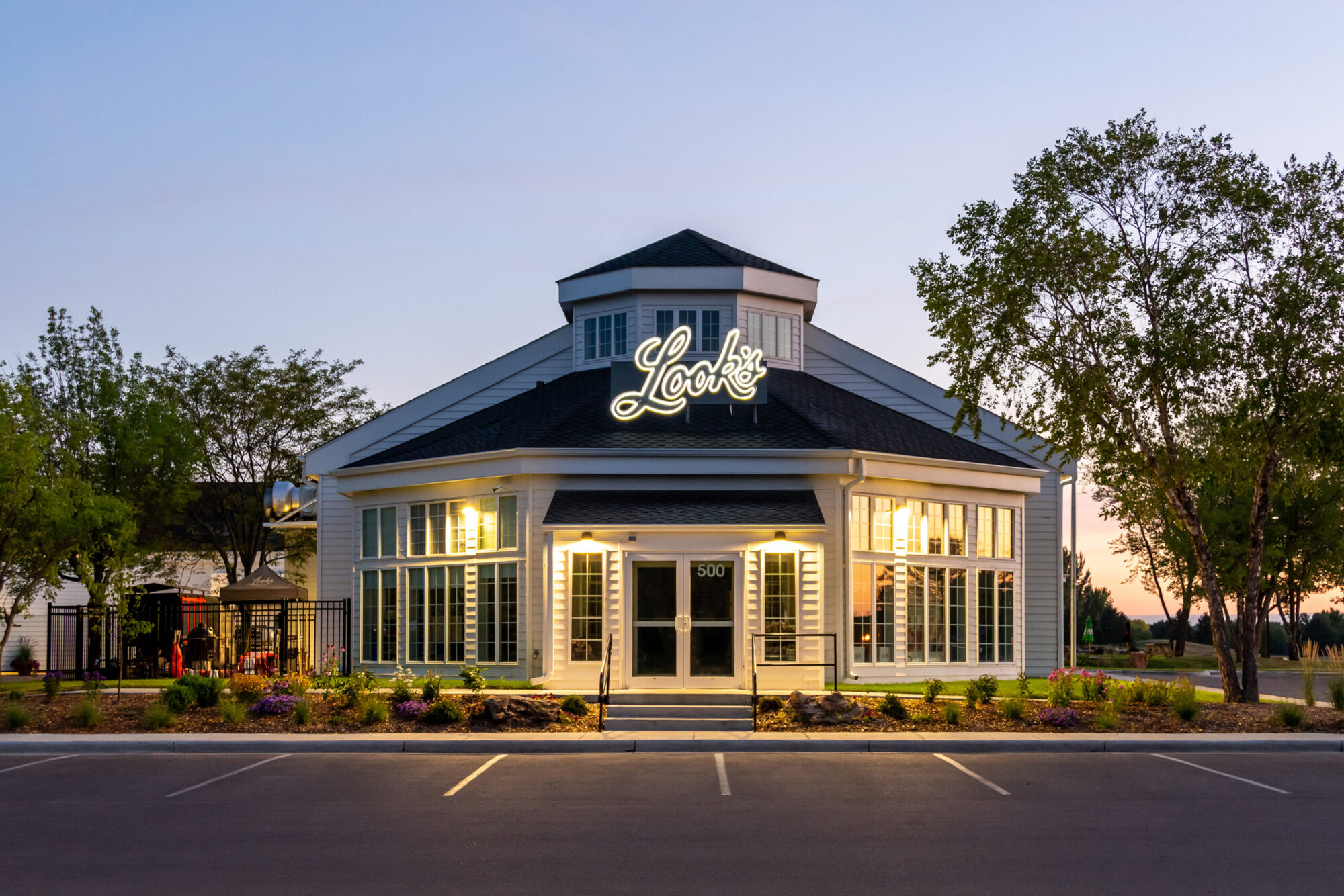

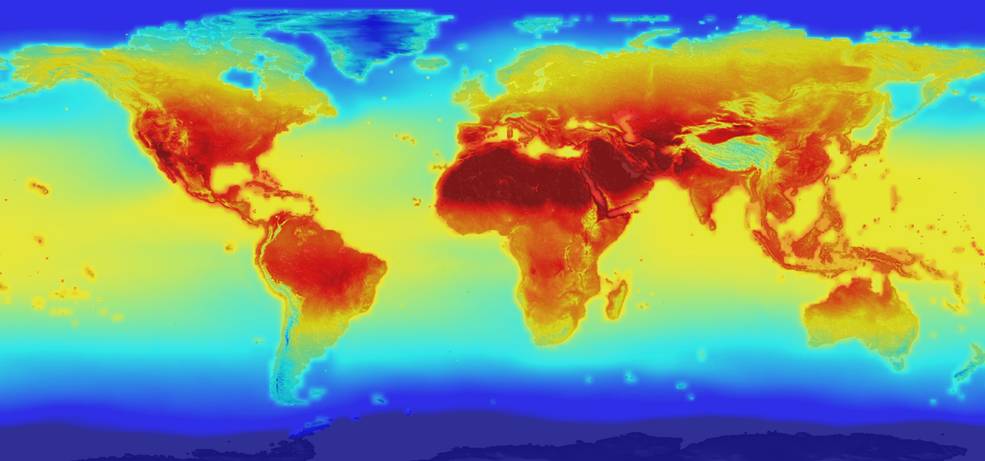
Great lip service, but I’m a bit disenfranchised by my profession as I see building’s electrical use (per sq. ft.) has levelled off over the past few years, yet LED’s and HVAC efficiencies have continued to improve. The result is we keep designing more gadgets and lighted backdrops on our interiors more than ever before. We (architects) are mostly the problem. We can inform our clients of smaller spaces, and doing without. It wouldn’t hurt to preach a little about conservativism and limiting our building’s volumes.
True clean energy is Nuclear. Let’s be champions of that.
Some days it feels overwhelming that the 2030 Challenge holds architects as key leaders to engage businesses to invest their buildings. I was in college when this idea bloomed, and it has grown significantly. Sustainability ultimately costs less over the lifetime of a building. And businesses love saving money, so it’s difficult to understand why more companies are not working towards Net Zero buildings. The Living Building Challenge is a great program that works towards a holistic goal of sustainability, not just checking the boxes.
Speaking beyond architecture, it is crazy that global warming has become a politically divided issue. As Jacquelyn Gill describes, “We just need the will.” Our collective future seems to depend on private, powerful businesses doing “the right thing” (Amazon, Facebook, Google, Starbucks, Walmart, etc.) to positively impact our planet.
Has anyone seen the movie VICE yet???
Transportation is the network and collection of our resources that we use to build buildings. A unfortunate concern we all know: oil is connected to everything. Currently, the massive pipeline entities are writing bills to help their business and pressuring our politicians. As citizens, we haven’t voted against it, and we also cannot afford the lobbying power to challenge it. Resulting from Governor Kristi Noem’s discussions with TransCanada, South Dakota has a new law called the Riot Boosting Act, which diverts advocacy against any pipeline construction. This law is not even constitutional, but no one has disputed it.
The Red List is a wonderful resource that many don’t use yet. California is advancing this progress for our entire county! Manufacturers have not been able to keep up with providing two products: a cheap one and one that meets the CA Building Standards, SCAQMD Rule Book, etc. Luckily, it’s not cost effect, so they invest in complying with California’s strict building rules, and we all benefit.
At the local level for small towns in South Dakota, garbage is not a high priority. Most towns don’t separate their garbage. Governor Kristi Noem and her staff dine with plastic and Styrofoam dishware at lunch meetings at the South Dakota State Capitol building. Wasteful convenience is dominating efficiency and affordability in a utilitarian state. Seems contradictory to say the least!